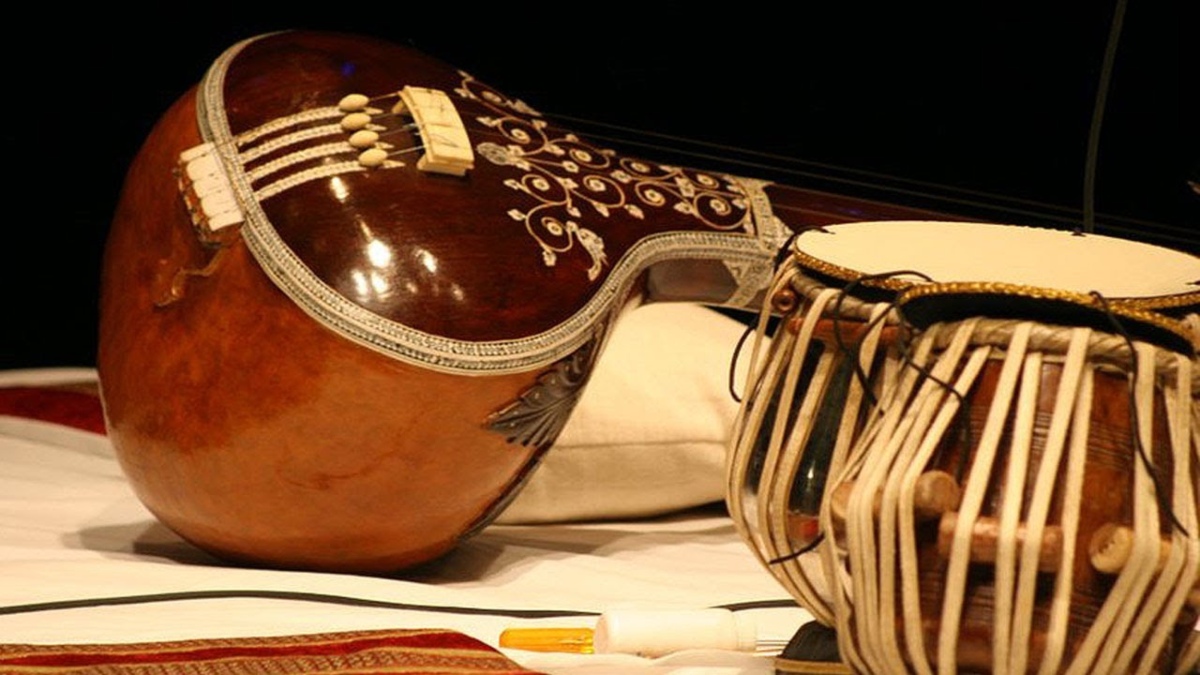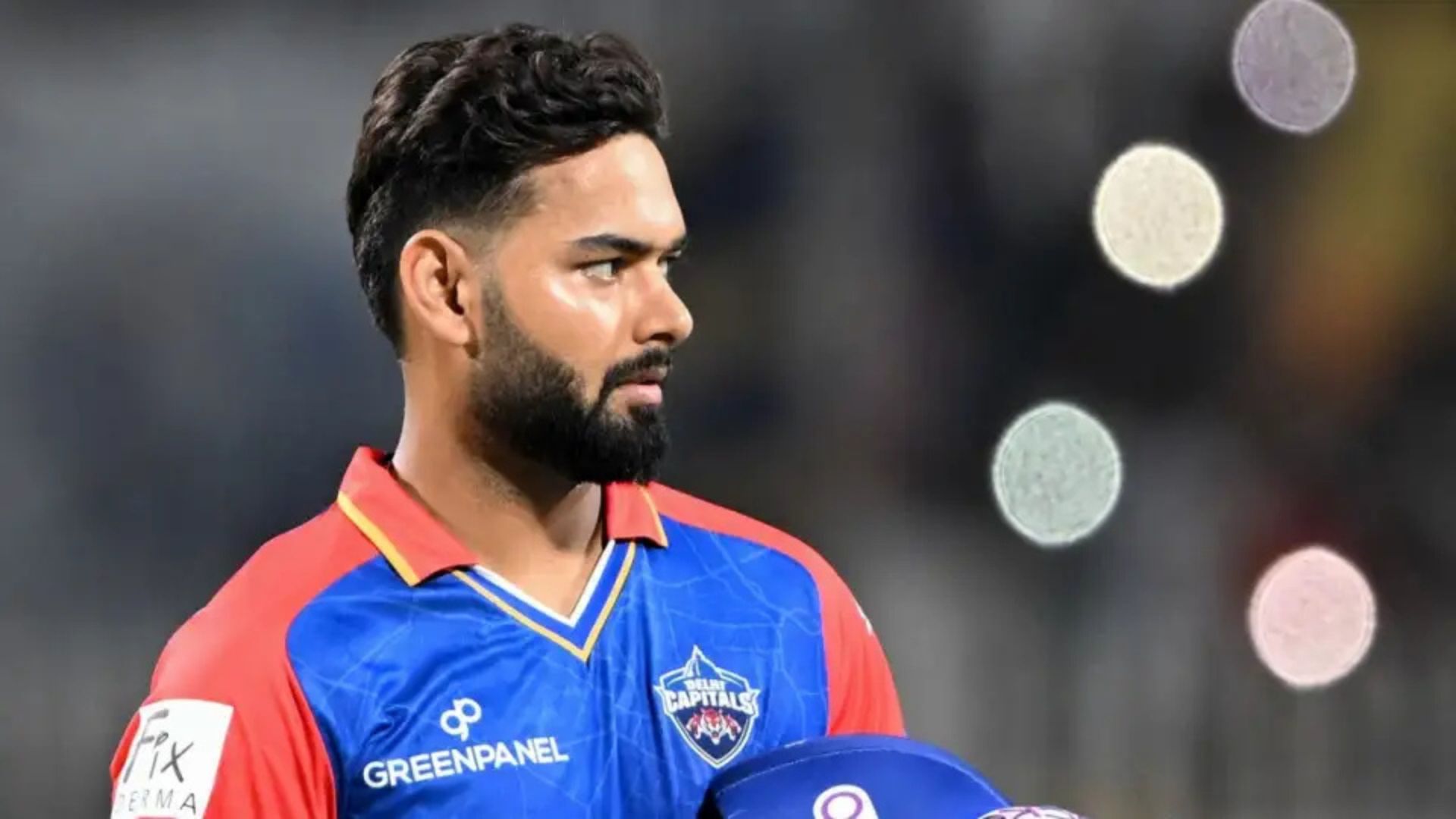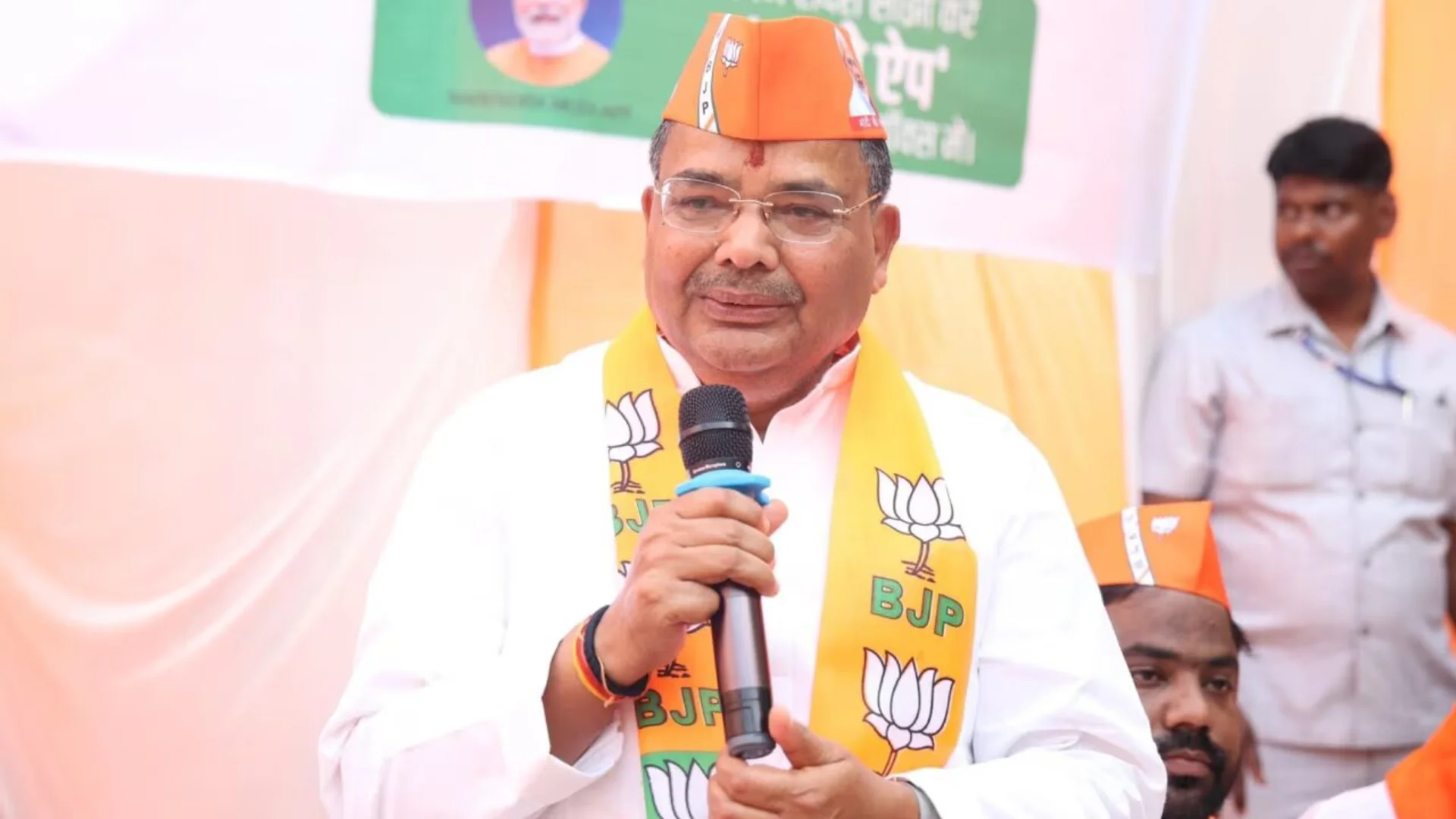
As I sat for my online concert last month, I was compelled to deliberate on how Covid isolation has changed the tapestry of the classical music concert scene. From the grand stage with fancy acoustics and live instruments, we have now moved to the Zoom or Facebook interface with our electronic sur peti, the itabla pro app and our electronic tabla box. In some cases, artists call some accompanists home to accompany them on the tabla and the harmonium for the live relay. But still it is a very different scene from the feel of a live concert with applause and cheer of live audiences.
Even so, I noticed some things still remain the same. Artists still have found a way around to reach their audiences and collaborate with other artists albeit virtually. Which means the instinct for music and artistry to be innately collaborative and social still remains. This made me ponder about the life of a musician and how it is shaped from childhood till late adulthood as a senior artist.
As a child one is always brought into the fold of music by a parent and a guru. The child remains under the aegis of the guru when she learns to grow her musical practice through training and influence of peers. There is an unsaid rule that overrides competitiveness and rivalry. The love for music itself and the desire to experience the grandeur and divinity of ragas is supreme.
As the artist grows as a musician, she learns to sing with the support of the accompanying artists on the tabla and the harmonium or in the case of Carnatic music, the violinist and the mrindangist. The three artists on stage learn to blend their music into a wholly fulfilling experience. Music is always taught and performed in social and collaborative settings.
Even as the student grows into a mature artist, he or she attracts more people to the process of making his music. Organisers, audiences, students, instrumentalists, artists from other genres, etc. The artist while on the one hand grows in his individual artistry, also grows in a community of art lovers and fellow artists. This testifies to the unifying powers of music. It testifies to the power that has kept music alive and growing in this lockdown.
Never before has music been so easily accessible. Never before have artists had the access to audiences all over the word so easily and so quickly. Never before has music been so omnipresent.
The musician is, was and will never be alone because she is engaged in something which is intrinsically all encompassing and divine. The nature of music is to connect people through the experience of collective emotions. Of joy, of sorrow, of happiness, of longing, and of grief and love. The musician is bound viscerally to humanity through his audiences, through his fellow artists, and through the music itself.
In this fact lies the beauty of music. A gift that music offers to those who choose to engage with it.
A musician will always remain from beginning to end in a bubble of positive energies of people around. A musician is never alone.
The writer is a vocalist of both Hindustani and Carnatic Classical music, with over three decades’ experience. She is also the founder of Music Vruksh, a venture to make classical accessible for its aesthetic and wellness benefits.















